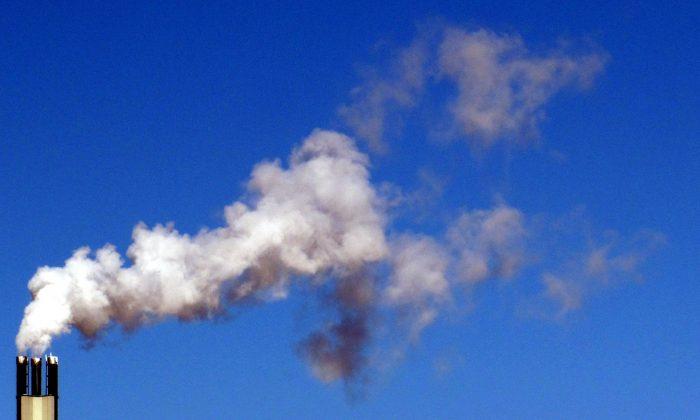A casual observer would not know it, based on increasingly hysterical coverage of so-called toxic air pollutant emissions, but the United States has had a robust program to reduce these emissions and protect human health and the environment from their potential effects for a very long time.
The program traces its roots back to the passage of the original Clean Air Act in the 1970s and was strengthened by the passage of the Clean Air Act Amendments of 1990.
The U.S. Environmental Protection Agency (EPA) doesn’t regulate air pollutants as “toxic pollutants” but rather as “hazardous air pollutants,” or HAPs. The distinction is important. Toxicity is a matter of dose. Hazards are matters of risk.
Pollutant of the Day
This is the age of the pollutant-du-jour. Today, it might be lead. Tomorrow, it might be benzene. Next week, it might be BPA. All that is required is to identify a potential risk, no matter how small, and push the panic button.It’s frustrating for those of us engaged in ensuring compliance with the EPA’s complex and stringent rules that limit emissions of HAPs as much as possible.
It seems that one particular HAP or another manages to catch the attention of environmental NGOs and crusading journalists practically every week. These folks may mean well, or they may be cynically exploiting fear. Whatever their motivation, most clearly have no understanding of how hard the EPA and industry have worked, and continue to work, to reduce the risk that industrial sources of HAPs present from negligible to infinitesimal to virtually non-existent.
EPA Controls
Starting in 1990, the EPA began requiring industries that emit HAPs to use Maximum Achievable Control Technology (MACT) to control their HAP emissions. The agency said, in essence: “We don’t care whether or not your emissions might present an unacceptable risk to human health or the environment. If you can emit any of the compounds on our official HAP list in sufficient amounts, then you need to meet MACT standards.”These standards were established, on an industry-by-industry basis, as regulations called National Emissions Standards for Hazardous Air Pollutants, or NESHAPs.
Once a NESHAP was enacted for an industry, the Clean Air Act Amendments of 1990 then required the EPA to periodically revisit the standard to ensure that no unacceptable “residual risk” remained. The EPA has faithfully done so.
In summary, the system for minimizing HAP emissions risk duly passed by Congress and signed into law by President George H.W. Bush required industrial sources of HAPs to employ the most effective control technologies available. It also required the EPA to periodically check to see if that level of control was sufficiently protective of human health and the environment.
It’s a system that relies on science and discernible, universally applicable criteria to establish equitable standards across a wide range of sources emitting a variety of HAPs.
The system did not envision that crusading journalists and environmental groups pulling selected monitoring data—using monitors specifically placed to frighten the public about a particular source—would supersede the dispassionate, scientific approach that the Clean Air Act Amendments of 1990 put into place.
When one departs from this regulatory scheme and starts cherry-picking pollutants one at a time, one opens the door to anarchy. Where does it stop? Should we tremble over the use of ethylene glycol in anti-freeze? It’s on the HAP list. Should your neighbor complain to the EPA about the potentially carcinogenic formaldehyde emissions from your wood-burning fireplace? How about that gas-fired emergency generator? I guarantee you that you can find plenty of HAPs in its emissions.
If the EPA believes that its system for regulating HAP emissions is in error, then it should come out and say so, then propose a fix that would apply to all industries. What it should not do—what it cannot do—is to respond to cherry-picking environmental crusaders, technically ignorant crusading journalists, and opportunistic politicians who ultimately undermine all the good the EPA and its partners in industry have accomplished over the last 50 years.






Friends Read Free